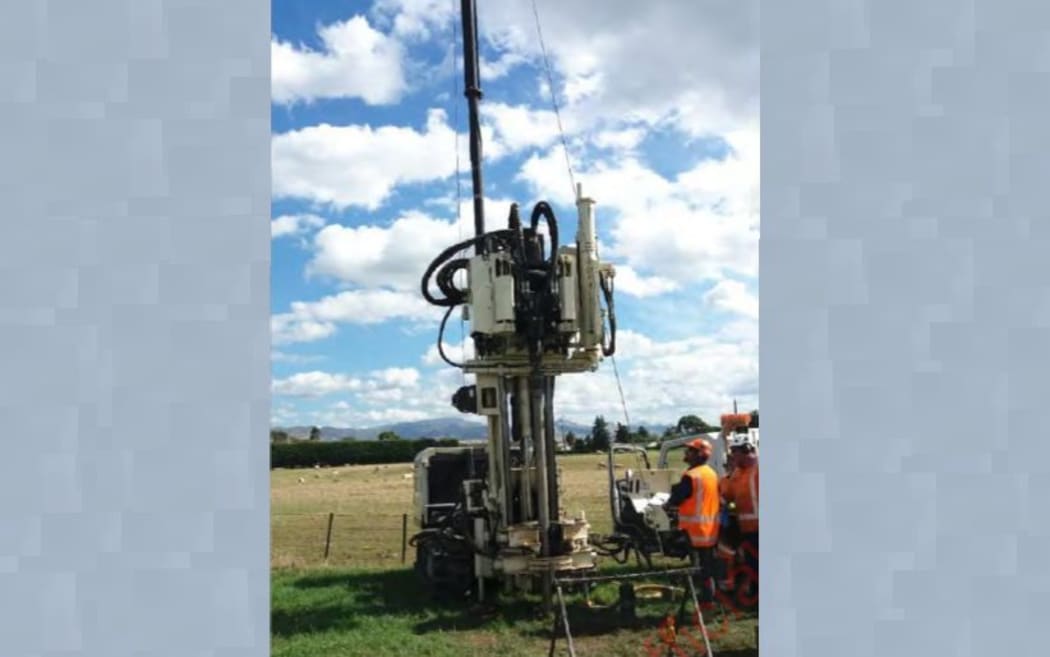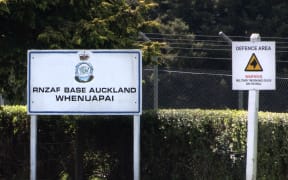The latest round of tests outside two airbases has confirmed the extent of contamination by firefighting foam chemicals.

Foam testing at Woodbourne. Photo: Supplied
The tests detected the damaging chemicals at above maximum drinking water guidelines in 14 out of 65 groundwater samples around Ōhakea base near Palmerston North.
Only two samples out of 112 taken around Woodbourne base, near Blenheim, exceeded the guidelines.
However, 70 percent of the Woodbourne groundwater and surface water samples had some trace of the PFAS chemicals in them. At Ōhakea, 44 percent of groundwater and 80 percent of surface water contained PFAS.
PFAS is an acronym for per and poly-fluoroalkyl substances. Some of these substances - such as PFOS (perfluoroocane sulfonate) and PFOA (perfluorooctanoic acid) - are of concern, according to the Ministry for the Environment.
All local people had been offered alternative drinking water supplies, officials said.
Ministry for the Environment chief operating officer Claire Richardson said the findings from the fourth stage testing confirmed that from the previous three rounds of sampling, that there was not a significant public health risk.
"[The Ministry for Primary Industries] says there is no risk to the general food supply from produce grown on the tested properties."
However, at Ōhakea 5000 were told not to eat too many eggs, as PFAS was in them at or slightly above a food safety trigger point. Two thirds of eggs at Woodbourne contained it, but below the trigger point.
At Woodbourne, PFAS concentrations above the drinking water maximum have now been detected in 10 shallow groundwater monitoring wells in at least one round of tests.
The highest was 34 times above the maximum, in a well on the airbase itself.
The data from all four rounds of cross-seasonal tests will be analysed for how PFAS might spread outside the bases.
Farmers outside Ohakea have told RNZ that contamination levels had, in some cases, risen, leading them to suspect there was a source of ongoing contamination on the airbase.
Read the full reports below:





